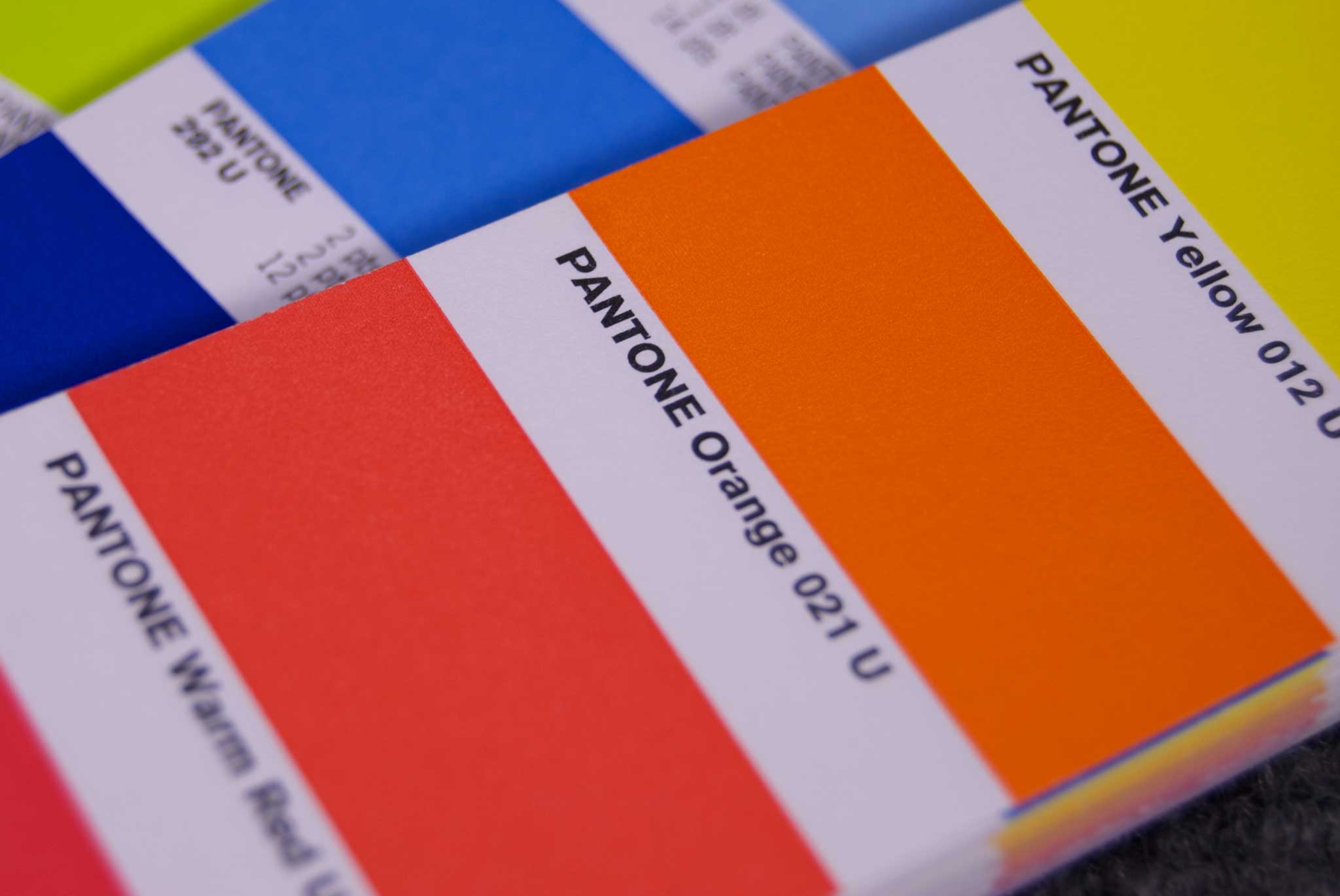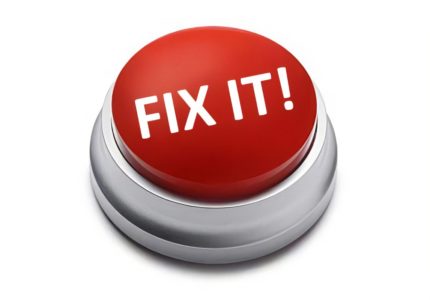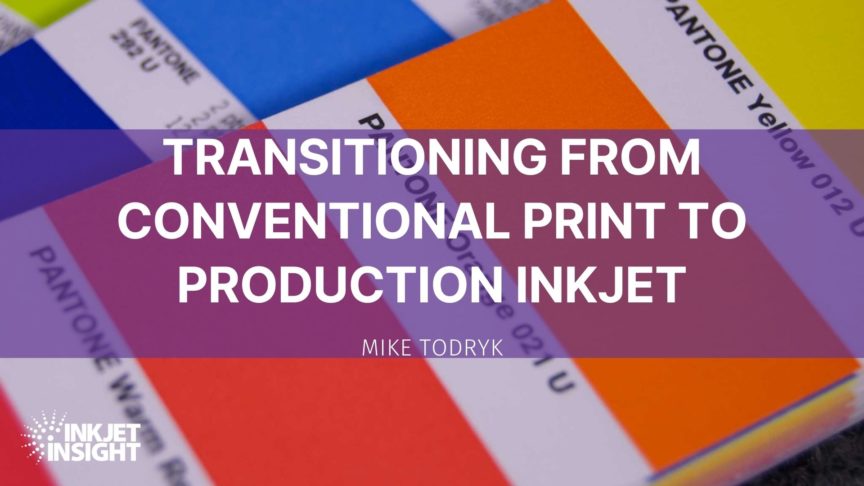IWCO Direct has been a leader in the production inkjet space for more than ten years. We have a large fleet of Canon ColorStream 3900s and Screen Truepress Jet520HDs, and now we’ve added five HP T250s and two HP T490s. With all of these presses on the floor, our Color Technical Support department has been kept very busy with calibrations on many different substrates, which is a story for another day. This has also led to some interesting challenges as we transitioned clients who were used to printing with us conventionally to our digital platform. While production inkjet is a much more stable process than conventional (litho) sheet-fed or web press printing, there are a couple of things that can create some unique problems to solve when moving clients to a production inkjet platform.
For decades, conventional print was the standard by which all printing was judged. Being a press operator is a highly skilled profession that takes years to master. Because of the inherent variability in conventional printing, there is a certain artistry to the process. The press operators must understand their machines and learn to play them like an instrument (if they want to be any good, that is). They have to make a number of decisions and compromises in order to produce the final printed piece.
Enter production inkjet printing. In the early days, it was truly looked down upon as a “lesser” technology that would never rival conventional print. And for a while, it didn’t. However, the inkjet industry kept moving forward with innovation after innovation, and now production inkjet has stepped into its own. As we embrace the future of inkjet, let’s discuss some issues that can occur in the transition.

Conventional Perceived as “Right”
At IWCO Direct, we calibrate our inkjet printers to very exacting standards. Our goal is to literally create “giant proofers,” since we take as much care calibrating these presses as we do our proofers. Because of this, our inkjet presses are almost always an excellent match to our proofs. While this is an excellent place to be, it can also create issues. Because of some of the factors that we discussed above, our conventional presses would sometimes vary from the proof that had been provided. There can be a couple of reasons for this. Sometimes it is mechanical or the way that the printed piece is laid out. Sometimes it is a press operator seeing an issue on a proof and “correcting” it, using all of the variability of the press as a tool (more on that below).
We have had clients receive digital inkjet samples and, when they compared them to the conventional press sample, have said, “The digital sample isn’t right.” Problem is, when you open and proof their file, you find in actuality, it is the conventional sample that “isn’t right.” We now have the “What I want vs. what is right” scenario. At this point, it usually requires a conversation with the client or just tweaking the job, either the file or on the inkjet press if you have that capacity, so the inkjet output matches the litho product the client is used to seeing. This is a situation that has cropped up for us numerous times and is something to be aware of.

A Conversation About Spot Colors
As many of you know, there are many Pantone spot colors that can look “off” when printed in four-color process. Some by a little, some by a lot. When moving a client from conventional to inkjet, these can be some of the most difficult conversations to have. We have had some success by providing our clients a few options to choose from, while highlighting the benefits that inkjet can bring, like being able to print variable data in color or not having to over-run preprinted shells. This can often help ease some of the pain. As designers start to adapt to life without the Pantone libraries in the Adobe Creative Suite, maybe this will become less of an issue.

“Let The Press Operator Fix It”
Our production inkjet presses print very accurately to our proof, which is great as long as the client likes the proof. What has occasionally happened though, is the client doesn’t like the proof but figures we can “fix it on press.” Or the salesperson told them we could “fix it on press.” Or the client never saw a proof, the press operator sees how the proof looks and decides to “fix it on press.” There are two problems with this. The first problem is that you have now created a one-off that no longer matches the proof. The second problem is that because of our skilled calibration team (small pat on the back), our production inkjet presses do match the proof, meaning they don’t match the conventional piece. The solution we have worked to implement at IWCO Direct is to make everyone aware that the proof is the most accurate representation of what the file really looks like. If the client is not happy with the proof, they are not going to be happy with the inkjet-printed piece either. We work with the client to get the proof of the file looking the way that they want, so we can then reproduce it in production accurately.
Switching to Digital is Well Worth the Effort
Transitioning our clients to our new inkjet platforms has been exciting, but not without its challenges. Being mindful of some of the issues that can crop up can help make the process less painful. While it does require a little bit of a different mindset, moving to inkjet can mean a world of possibilities for you and your clients.

